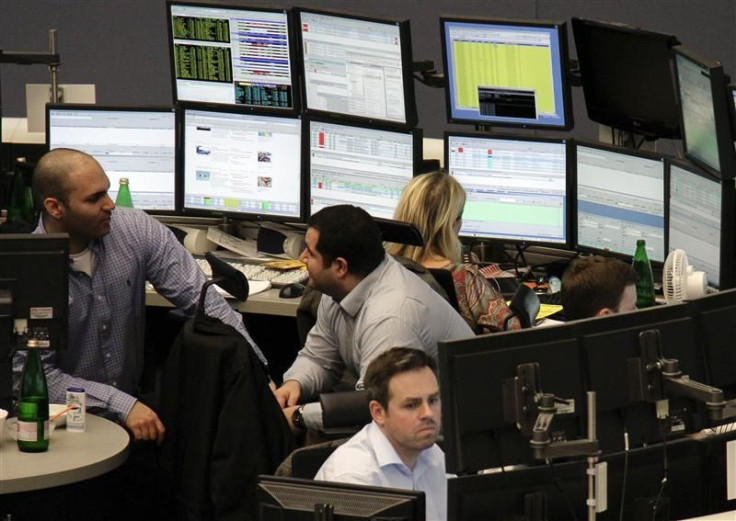Hint of Decoupling is Fueling ‘Risk-On’ Activity

Tom Sowanick is Co-President and Chief Investment Officer at Omnivest Group in Princeton, N.J.
Since the end of November, there has been a clear breakdown in the correlation between the euro and the S&P 500 index, and as a result, other risk assets.
During the second quarter, the euro and the S&P typically moved in lockstep fashion; as the euro rose, so too did the S&P and vice versa. With varying degrees of tightness, this relationship held fast until November and has only just recently begun to decouple (negative correlation).
One of the driving forces causing this decoupling to occur has been a growing string of strong economic data in the U.S.
For example, Change in Nonfarm Payrolls has recorded six consecutive monthly job increases of 100,000 or more. Also, Initial Jobless Claims have fallen below 400,000 for five consecutive weeks -- another sign of an improving labor market.
The improving tone of the labor market has prompted consumers to once again increase borrowing as evidenced by yesterday’s announcement that consumers borrowed $20.4 billion in November 2011 (the largest increase since November of 2001).
Leading Indicators are also pointing towards positive growth in the next six months with the two most recent readings of 0.9 and 0.5. These tidbits of better economic data are a sharp contrast to last summer’s predictions that the U.S. would fall into recession by the end of 2011.
However, a wall of worry still needs to be cleared as to the uncertainty surrounding the European debt crisis.
It is now widely accepted that France will lose its coveted AAA rating by the end of the month which appears to have already been priced into the marketplace.
Investors are still in a defensive mode given the increased level of volatility last year and the generally poor performance of most asset classes. It is important to remember that the poor performance of the markets last year was driven more by the fear of an economic slowdown than the reality of a tepid economic expansion.
In many ways, 2011 was one of the more difficult years for asset managers and advisors.
It is understandable why investors want to choose safe assets over growth/riskier assets.
However, one major difference between 2012 and the start of 2011 is that the Central Bank community is now fixated on promoting growth and providing sufficient liquidity to ease unwanted financial market volatility.
Last month, the European Central Bank (ECB) lent $639 billion to European banks in a three-year refinancing operation. We fully well expect the ECB to lower interest rates by 25 basis points (bps) at their next meeting on January 12th.
The U.S. Federal Reserve has committed to keeping the Fed funds rate at its current level until mid-2013.
© Copyright IBTimes 2024. All rights reserved.





















